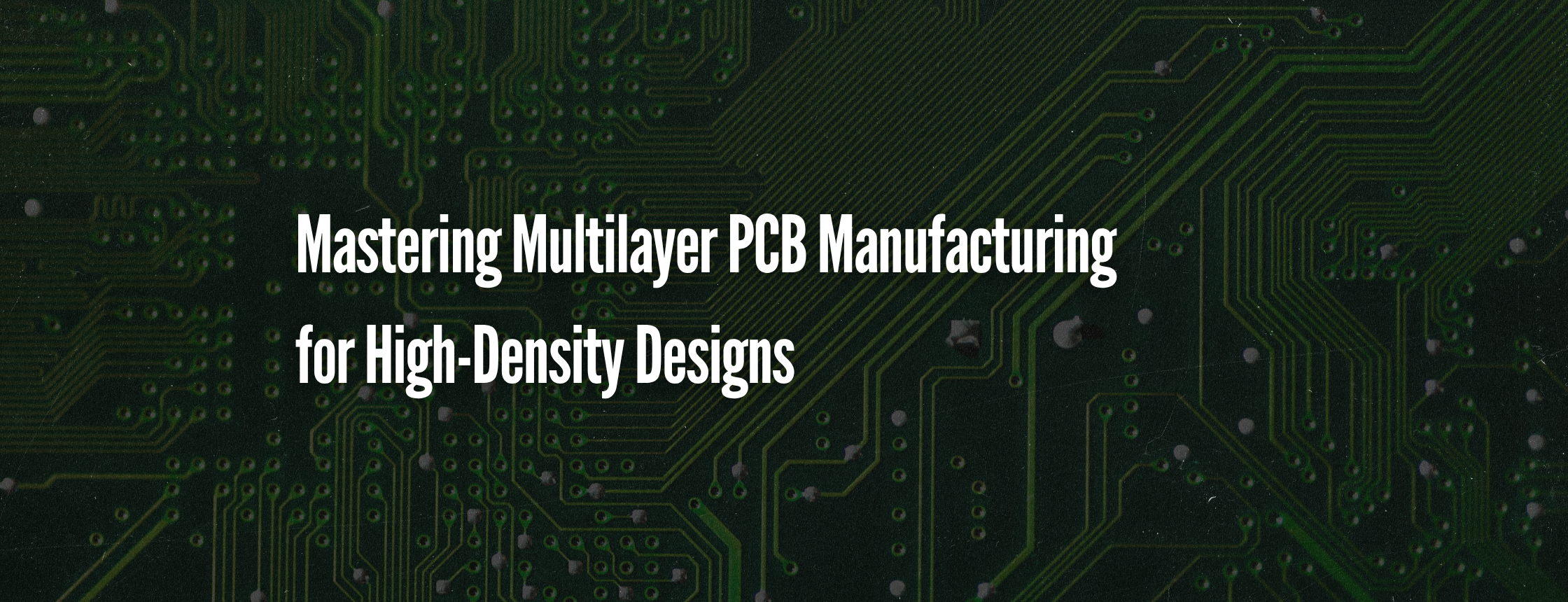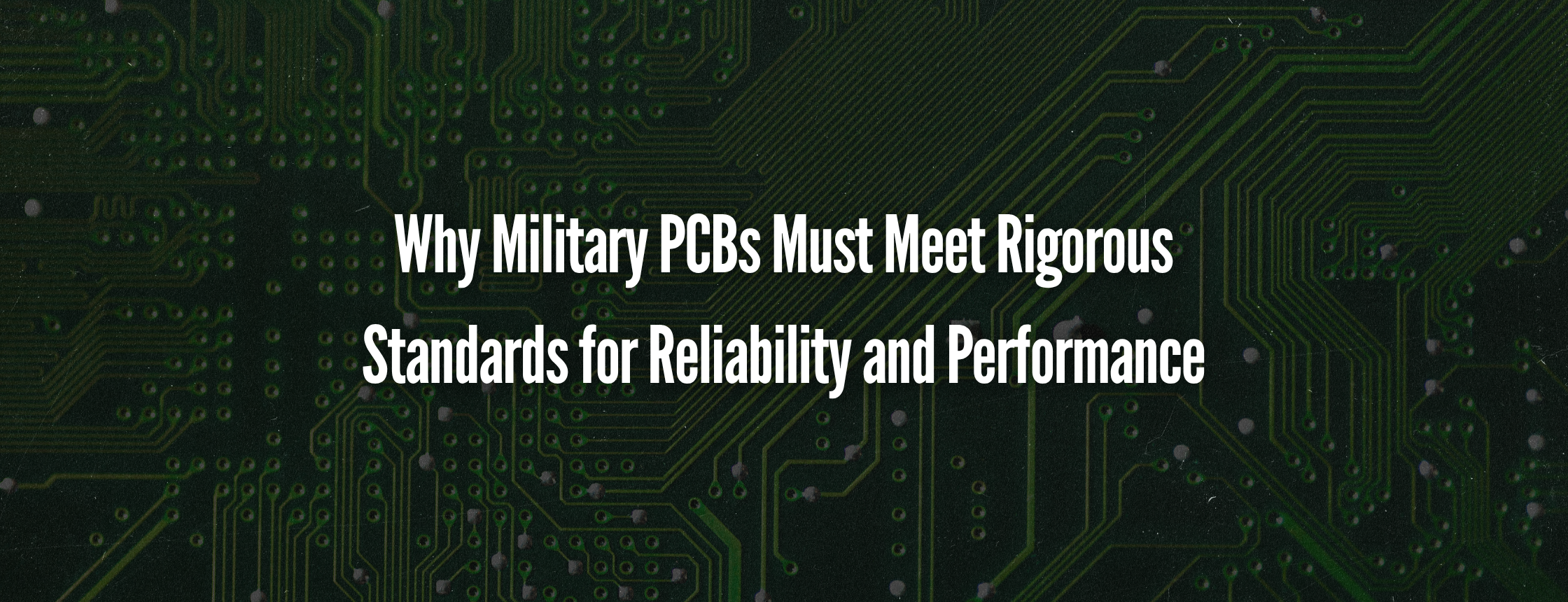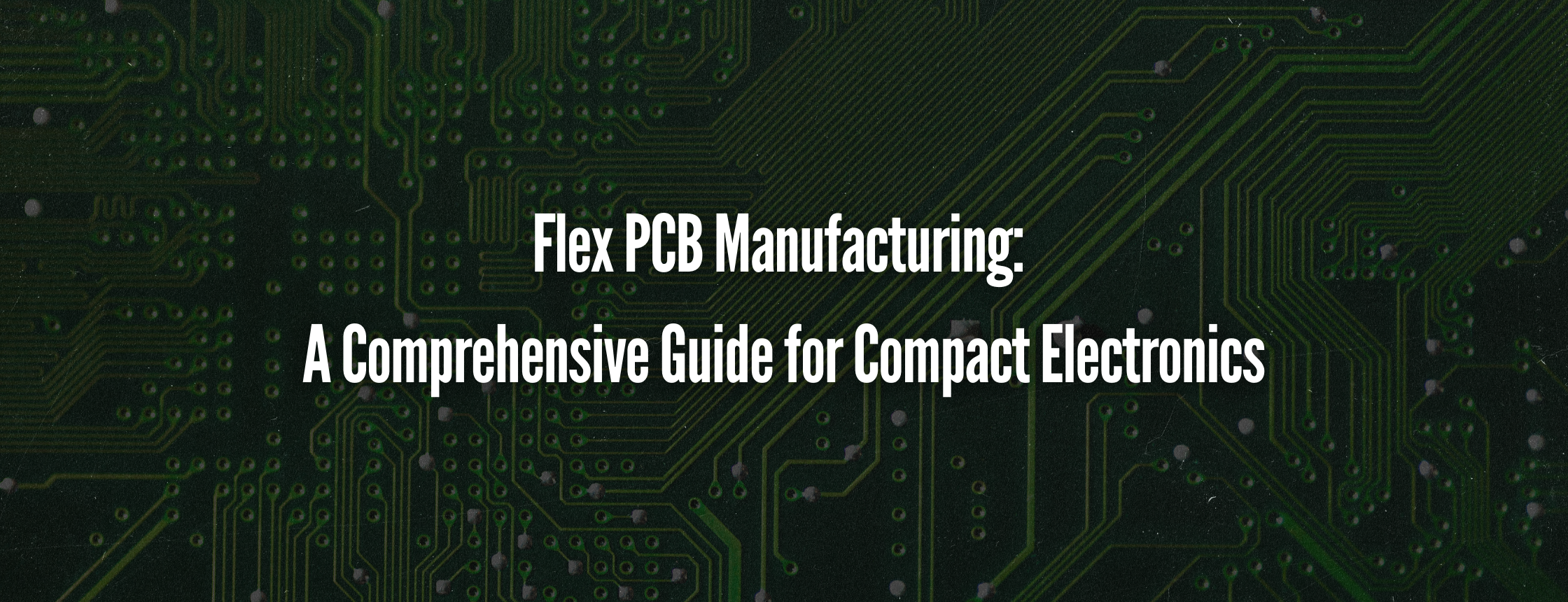
Mastering Multilayer PCB Manufacturing for High-Density Designs
In a world driven by shrinking form factors and ever-increasing functionality, multilayer PCB manufacturing stands at the forefront of electronic innovation. By stacking alternating copper and dielectric substrate layers, multilayer printed circuit boards deliver the signal density, power distribution, and thermal management of today’s device demand. From next-generation smartphones and high-speed networking equipment to medical diagnostics and aerospace systems, multilayer PCBs enable complex circuitry in compact packages—making them indispensable for modern electronics design.
What Is a Multilayer PCB?
A multilayer PCB consists of three or more conductive copper layers separated by insulating material (usually prepreg and core). Inner layers carry signal traces or serve as dedicated power and ground planes, while outer layers host components and routing. Controlled lamination binds these layers under heat and pressure, creating a monolithic board that balances electrical performance with mechanical stability. Unlike single- or double-layer boards, multilayer PCBs offer greater routing flexibility, improved impedance control, and enhanced noise suppression—all within the same footprint.
The Benefits of Stacking Layers
Designers choose multilayer PCBs when single or dual layers can’t accommodate the required circuitry. Embedding power and ground planes between signal layers reduces electromagnetic interference and crosstalk while shortening trace lengths minimizes signal delay. This architecture also simplifies routing high-density nets, alleviating congestion on outer layers. Thermally, dedicated planes spread heat more evenly, aiding in power dissipation from dense component arrays. These advantages translate into faster data rates, higher reliability, and more compact designs—qualities essential for telecommunications, medical devices, and defense applications.
From Design to Board: The Multilayer Fabrication Journey
The journey from your PCB layout to a fully laminated multilayer board involves several critical stages—all of which Midwest Printed Circuit Services handles under one roof:
- Inner-Layer Formation: Each copper core is coated with photoresist, exposed to ultraviolet light through precise film masks, and then chemically etched to reveal intricate circuit patterns.
- Prepreg Lamination: The etched cores are alternated with prepreg sheets (adhesive-impregnated substrate). Under calibrated heat and pressure, this stack fuses into a solid “book,” ensuring each layer bonds flawlessly.
- Hole Drilling and Plating: Advanced CNC drills create through-holes, blind vias (linking outer layers to inner planes), and buried vias (connecting internal layers only). Subsequent electroplating deposits copper within these holes, guaranteeing electrical continuity throughout the stack.
- Outer-Layer Processing: Once laminated, the outer copper layers undergo the same photoimaging and etching steps as the inner cores. This ensures component pads and routing traces precisely align with the underlying layers.
- Surface Finishing and Inspection: Finish options such as electroless nickel immersion gold (ENIG) or organic solderability preservative (OSP) protect exposed copper and optimize solder joints. Rigorous electrical testing, including flying-probe checks and automated optical inspection, verifies continuity, impedance, and isolation before boards ship.
Each stage demands micrometer-level alignment and tight control of temperature, pressure, and chemistry—parameters Midwest PCB monitors in real time to prevent warping, delamination, or registration errors.
Design Considerations for Optimal Multilayer PCB Performance
Successful multilayer manufacturing begins at the design desk. Engineers must balance layer count, material selection, and via strategy:
- Layer Count vs. Cost and Complexity: Typical multilayer boards have four to sixteen layers; higher counts support more routing but increase material and process costs.
- Dielectric Material Properties: High-frequency or high-temperature applications often call for specialized laminates with low-loss tangent and elevated glass transition temperatures (Tg). Standard FR-4 prepregs suffice for many lower-speed designs.
- Via Technologies: Blind and buried vias preserve real estate on outer layers but add drilling and plating steps. Laser-drilled microvias enable high-density interconnect (HDI) layouts for ultra-compact assemblies.
- Impedance Control: Defining trace widths, spacing, and dielectric thickness upfront ensures your stack-up meets target impedance values, which are critical for high-speed signal integrity.
Early collaboration with your PCB fabricator can uncover potential manufacturability issues, such as minimum drill sizes or aspect-ratio limits, saving time and budget.
Real-World Applications Driving Adoption
Multilayer PCBs power innovation across industries. In telecommunications, routers and 5G infrastructure rely on internal power planes to maintain clean signal paths at gigabit speeds. Automotive electronics—from advanced driver-assist systems (ADAS) to infotainment hubs—embed sensors and processors on stacked boards that fit within tight dashboard cavities. Medical implants and diagnostic tools use flex-rigid multilayer designs to conform to patient anatomy while packing in complex sensor arrays. Even aerospace avionics and defense electronics demand multilayer solutions that withstand vibration, temperature extremes, and radiation exposure.
Midwest Printed Circuit Services: Your Multilayer Partner
At Midwest Printed Circuit Services, multilayer PCB expertise merges with cutting-edge equipment and AS/ISO-certified processes. Their facility delivers tight layer registration and HDI capabilities with micro vias, buried vias, and blind vias for next-generation designs. Advanced lamination presses and controlled-impedance materials ensure every board meets rigorous performance requirements. In-house engineering support provides early DFM reviews, helping you optimize layouts for manufacturability and reliability. Discover the full spectrum of PCB capabilities on our Capabilities page and learn how Midwest can tailor multilayer solutions to your project’s needs.
Conclusion
Multilayer PCB manufacturing transforms complex circuit designs into compact, high-performance realities. By understanding stacking techniques, material trade-offs, and critical design rules and partnering with a trusted fabricator like Midwest Printed Circuit Services, engineers unlock new possibilities for power distribution, signal integrity, and miniaturization. Ready to push the boundaries of your next electronic design? Explore Midwest Printed Circuit Services‘ multilayer pcb capabilities and accelerate your path from prototype to production.








